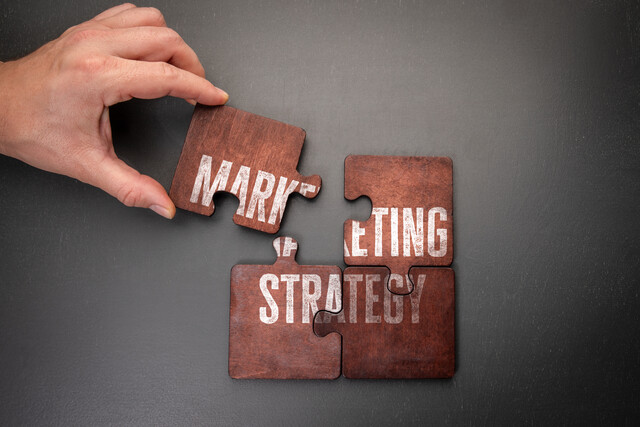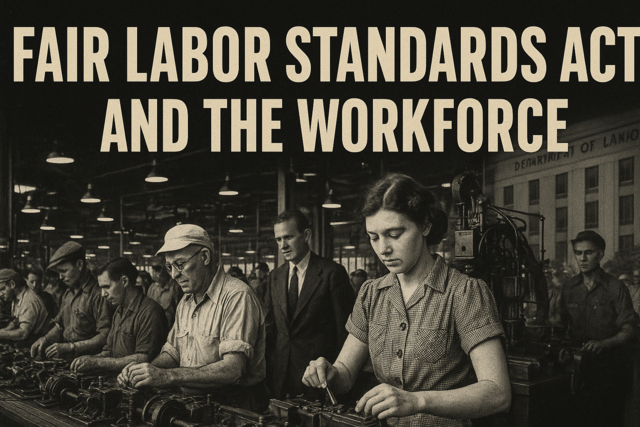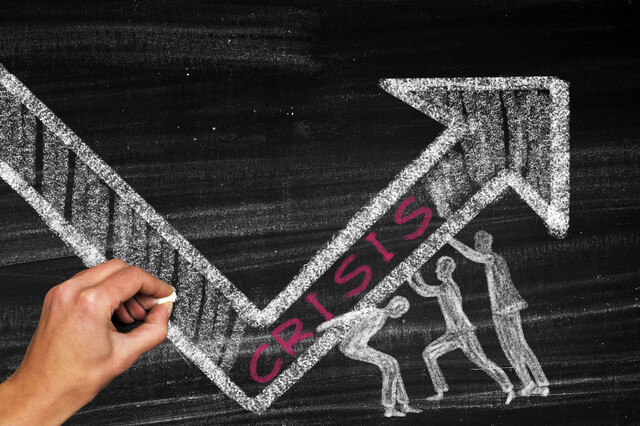?

The point is that gender sensitivity is a global endeavor. In order to eliminate the inequities caused by social and cultural practices in all corners of the globe, first, there must be a recognition of the differences.
In an article published by the World Economic Forum, Yale law professor, Judith Resnik, explained that one of the main reasons that change is so difficult is that men and women view change in the workplace very differently based on their positions. She explained that there are four basic areas in which men and women view workplace policy very differently.
Professor Resnik explains that men tend to assume that putting policies in place automatically will lead to positive outcomes, whereas women assess the actual performance. When the policy is intended to create equality like with programs designed to mentor women executives but gets no real results or creates no lasting change since it becomes part of the "illusion of inclusion," that is when people believe that discrimination and unfair practices can't exist if there are programs in place that are designed to counter it.
The Chicago Ford plants are an excellent example of this belief. After the initial complaints about sexual harassment, the company brought in outside educators and monitors to ensure that policies were being implemented and properly followed. Once the plant environment improved, corporate executives didn't see the need to be as rigorous since they believed that now their employees were educated about sexual harassment in the workplace and they wouldn't violate company policy. The problem came when business boomed and new workers were brought in to fill the vacancies. These workers came from the outside or from different plants and didn't have the training that the Chicago Ford workers had, and because the company had become lax about sexual harassment training, the old problems associated with harassment began to surface and led to the $10 million judgement against the company in August of 2017.
The second area is confirmation bias. This is when people sort facts and observations in a way that confirms what they already know or believe. In this case, when men think progress is being made, they place more weight on examples they see as affirmation and pay less attention to the impact of things that are barriers to women's ability to progress. When companies view the increase in women applicants for employment as an indicator of their gender diversity but fail to look at their actual hiring practices, this is an example of confirmation bias. Another way confirmation bias acts against women is in the actual hiring process and when prescriptive bias, such as when "don't hire a woman, she'll leave if she gets pregnant" enters the picture, it makes things that much harder. If you recall our lesson on the U.S. Military, you'll remember that confirmation bias was a large part of the reason why male members of the military were so opposed to women serving in combat. "They'll get hurt because they can't keep up with men, they'll get pregnant and let the unit down, they'll be sexually assaulted if captured, etc."
The third area is termed as the "unlevel playing field." Those who are in positions of power tend not to see the ways in which the playing field isn't level for those who are not in power, and this means they don't feel the effects either. Despite beliefs otherwise, we do not live in a meritocracy, a system in which people get ahead solely on the basis of merit, and factors that have nothing to do with skills or abilities can affect the ways in which individuals progress up the ladder of success. Part of the reason for this is that it's difficult to see what you don't experience and when the field feels level for you then you assume it's level for everyone.
Countering the unlevel playing field is of vital importance to ensuring that the field gets closer to level. But in order to do that, it's essential that people in power acknowledge their unearned privileges and recognize the ways in which those privileges put them ahead of the starting line without their having to do anything. Wellesley Women's Studies professor Peggy MacIntosh wrote the quintessential essay on privilege entitled "White Privilege and Male Privilege: A Personal Account of Coming to See Correspondences Through Work in Women's Studies at Wellesley Centers for Women" in which she explained racial oppression through the lens of gender oppression and enumerated the invisible ways she benefited from her white skin even though she often felt oppressed as a woman in academia and elsewhere. Her point was for the reader to look at the unearned privileges they have and to look for active ways to neutralize the privilege in order to level the playing field.
The fourth area in which men and women have different views is in the area of workplace satisfaction. Men and women want the same things from work--compelling colleagues, mutual values, shared goals, and challenging work. However, based on the ways in which gendered systems are structured and function, men more likely will achieve their goals while women often have experiences that diminish the sense of satisfaction. Combined with challenges outside of the workplace like child care and family, this dissatisfaction also may explain why women decide to leave the workplace.
For LGBTQ+ individuals in the workplace, these perspectives are complicated by the challenges of navigating sexual orientation and/or gender identity that goes against the norm. The intersectionality of these positions often can create an enormous amount of tension and stress, and if not dealt with in a way that leads to successful resolutions, can lead to a high rate of attrition.
If we expand our view of gendered workplaces, we can see that employers in the U.S. aren't the only ones looking to improve gender equity in the workplace. Organizations around the globe also are engaged in the process of figuring out how to establish, support, and promote gender sensitive workplace policies and practices, and in the process, are sharing their resources. For-profit companies, non-profits, and relief-based organizations all are looking for ways in which to raise the standards for gender equity and in doing so are addressing a host of issues related to gender consciousness.
An example of this is the World Bank that in 2013 made global gender equality a priority when they pledged to guarantee women the same freedoms as men, choices of employment, and equitable treatment. The World Bank noted that since women continue to earn between 10% and 30% less than their male counterparts worldwide, they decided that they needed to look at how to close the gender gap and achieve their corporate goals of ending poverty and boosting shared prosperity.
One of the first things they noticed was that despite significant advances over the last two decades in the number of girls receiving education and in poverty reduction around the globe, this has not translated into increased levels of female participation in the work force. Economic research has shown that raising female employment levels has a direct correlation to the increase in national GDP, and there is widespread optimism in the financial world that closing the gender gap also could increase the per capita income by 14% or more in the not so distant future.
Much like in U.S. workplaces, these gaps are caused by institutional and private sector biases, and entrenched social norms. However, unlike in the U.S., women's work in emerging markets tends to be more formally tied to gender roles and that makes it harder to address.
The World Bank proposed a set of actions that they would take to help improve the status of women and close the gender gap that included extending credit to women to support fishing, farming, and small businesses, implementing gender-targeted vocational education and training, incorporating women in local infrastructure building and water management programs, and funding small business loans for women in areas that had been affected by natural disasters.
What they found was when they focused on educating and training women and then loaning them the money or giving them the resources they needed to do the work they'd been trained to do, the return on investment was extraordinary. One particularly productive program is the World Bank's Adolescent Girls Initiative (AGI) that helps young women transition from school to employment. When AGI was rolled out in Liberia, it resulted in a 47% increase in employment and an 80% increase in average weekly income. In Indonesia and Vietnam, the Bank used gender mapping to restructure agricultural training for the world's second largest coffee trader. What they found was that men had been receiving all the training while women were doing 70-80% of the actual work. When they adjusted the training schedule to accommodate the women's domestic responsibilities, they found that training levels increased dramatically, and with a lower investment, women are now harvesting crops of higher yield and quality that are being sold for higher prices.
Other organizations like UNESCO that considers gender equality as a fundamental human right, a building block for social justice, and an economic necessity are engaged in programs that teach men and women gender sensitivity in ways that haven't been done before. UNESCO aims to educate women, eliminate violence and trafficking, promote women's participation in STEM related fields, and abolish laws that are discriminatory, such as the "marry your rapist" law that was abolished in Tunisia, Jordan, and Lebanon in 2017.
In 2003, the government of India, specifically the Department of Personnel and Training in conjunction with the United Nations, instituted a five-day training program for all civil servants that was designed to promote gender as a priority concern in development planning and implementation, raise participants' awareness on how gender plays a key role in the way women and men participate in social, political, and economic activities, sensitize the participants to development issues relating to gender, and to enhance their capacity to understand, analyze, and utilize gender dimensions and/or considerations in development process. The purpose of the training program was to equip participants with knowledge on concepts and issues related to gender and development, enable them to analyze the shifts in policies, constitutional provisions and programs relating to gender issues in India, and to develop an understanding of structures that perpetuate gender inequalities at the level of household, community, workplace, and the state. This was the first time the Indian government ever had attempted to actively address the issue of gender in the workplace and over the following decade, the government produced additional training manuals and resources for those doing the training.
What's the point of recounting all of this?
The point is that in order to develop measurable and real development of gender sensitivity in the workplace, we need to see ourselves not only as individuals who are part of a larger community of employees, clients, and customers, but also as citizens of the world. As such, we need to develop a global perspective that allows us to view ourselves as part of a larger system. In doing so, we increase the opportunity to develop greater insight into our interconnectedness, expand our awareness of different perspectives, and enhance our own self-awareness in ways that allow us to fully participate in helping shape policies that make the biggest difference to those they affect the most as well as bridge gaps between ourselves and our co-workers and supervisors. In the end, gender sensitivity awareness helps us all.































